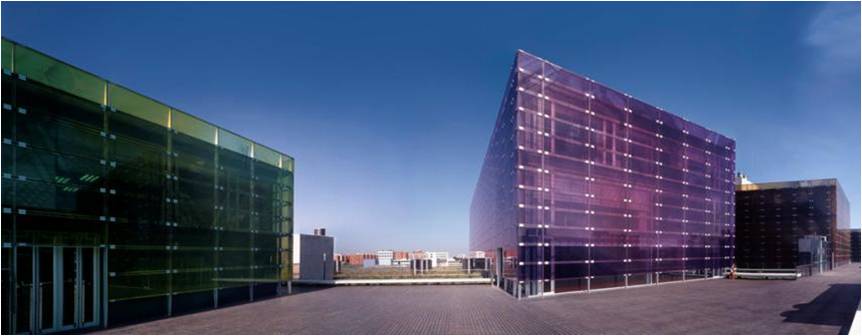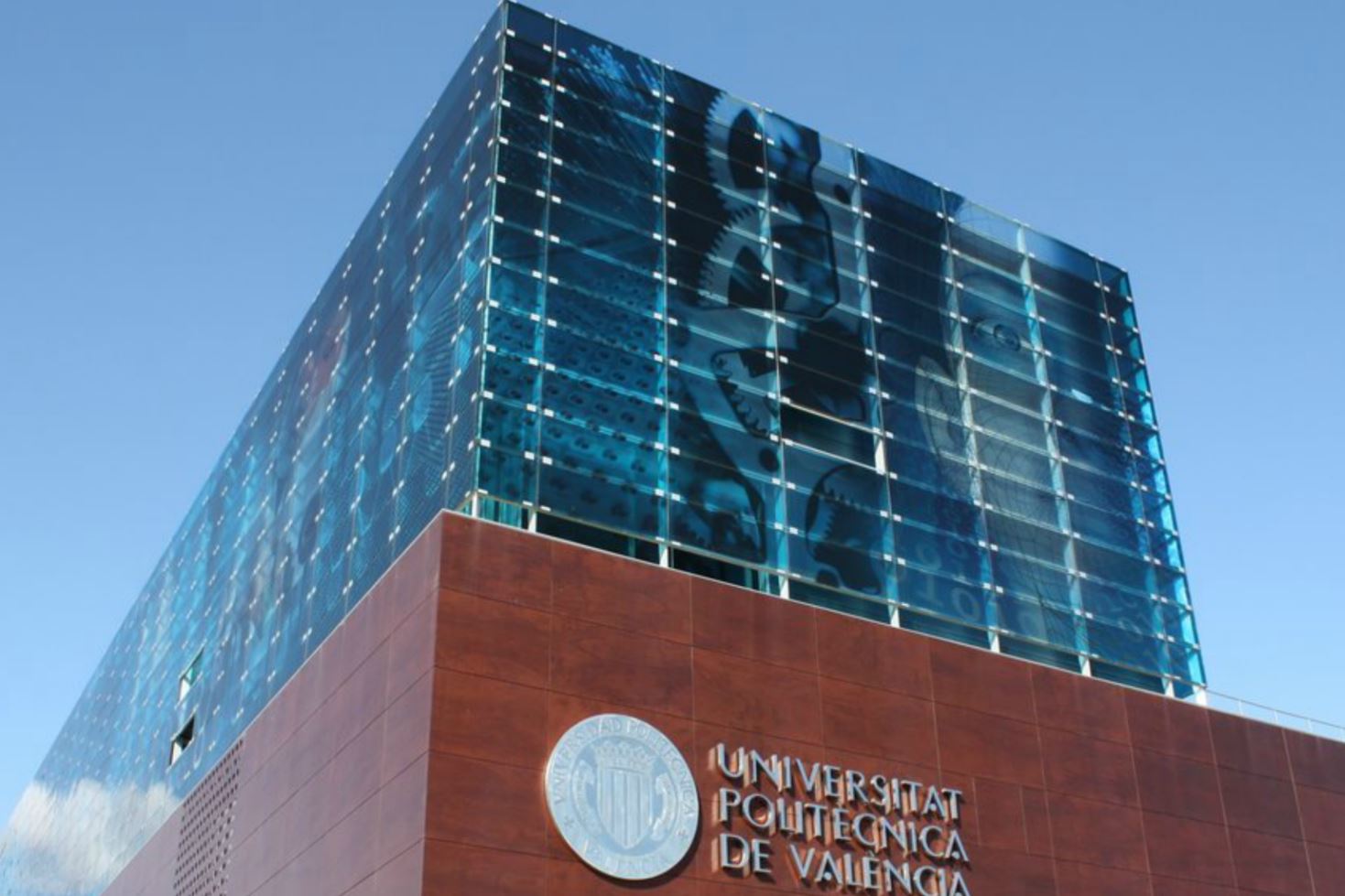
Universitat Politècnica de València
Electrimacs 2014 will be held at the Universitat Politecnica de Valencia, one of the largest Technical Universities in Spain, with more than 36,000 full time students 42 engineering degrees, and more than 2,000 full time research and academic staff.
Location
The Universitat Politecnica de Valencia is located by the Avenida de Los Naranjos, at the east of Valencia city. The University can be easily reached by bus and underground/tramway (Serrería Station).
T he conference will be held in Building 8B (Blue Cube), which is located at the corner between Avenidad de los Naranjos and Ingeniero Fausto Elio.
he conference will be held in Building 8B (Blue Cube), which is located at the corner between Avenidad de los Naranjos and Ingeniero Fausto Elio.
Click here for a map of the University Campus
Click here for an underground/tramway map with the location of Electrimacs 2014

The city of Valencia
Valencia, located in the Mediterranean coast of eastern Spain, is the capital city of the autonomous region Comunidad Valenciana. For several centuries it was the capital city of the Kingdom of Valencia, part of the confederation of kingdoms of the Spanish Crown. Currently, it has around 850,000 inhabitants.
Not many cities are capable of so harmoniously combining a fine array of sights from the distant past with innovative, “avant-garde” constructions. Valencia, whose founding dates go back to 138 BC, is one of these fortunate few. From the remains of the Roman forum located in today’s “Plaza de la Virgen” – part of the Roman city of Valencia – to the emblematic City of the Arts and Sciences, this town has transformed its physiognomy over the years while preserving its monuments from the past.

Sightseeing around the city begins in the old quarter. Until the mid-nineteenth century, it was defended by a wall, the inner route of the number 5 bus. Still standing as proof are the graceful “Torres de Serranos”, the spacious “Torres de Quart” and some remains of the apron wall in the basement of the Valencia institute of Modern Arts.
The Market District took shape around the commercial life of the city’s inhabitants. Accordingly, its two most emblematic buildings are used for trading purposes. The Gothic building of “La Lonja”, declared by UNESCO as a heritage of humanity is one of the few examples of civil Gothic architecture in Europe and features a beautiful columned room where trading transactions were carried out.

On the other side of the Turia’s old river-bed lie the nursery gardens, along with the Fine Arts Museum and the modern part of the city. The futuristic face of the city is mirrored on the old river-bed through the Gulliver Children’s park and the leisure and culture complex “Ciutat de les Arts i de les Ciencies“. Life in the city spreads down to the seafront with the harbour and the beaches of “Las Arenas” and “La Malvarrosa”.




